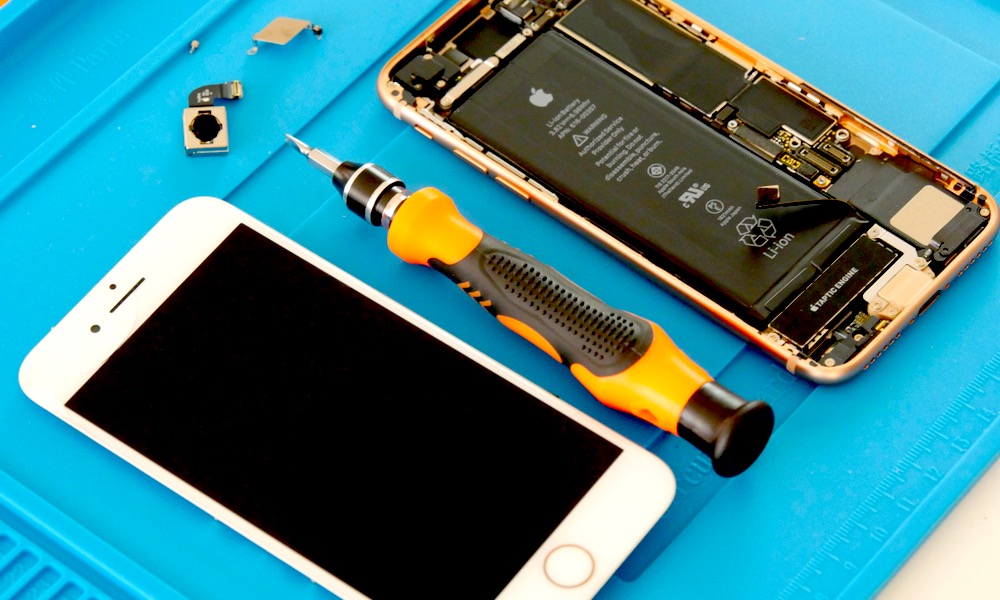Apple’s Secret New Program May Finally Make Its Products Easier to Repair
 Credit: Gui Siebert / Shutterstock
Credit: Gui Siebert / Shutterstock
Toggle Dark Mode
A secretive Apple repair program may prove that the company is preparing for an era in which “right to repair” legislation becomes law.
The so-called “Apple Genuine Parts Repair” program was detailed in an internal presentation from April 2018 that was unearthed by Motherboard. It appears to essentially give third-party repair shops better access to Apple parts and repair resources with fewer restrictions.
As Motherboard notes, Apple has begun giving some repair firms access to “Apple diagnostic software, a wide variety of Apple repair parts, repair training, and notably places no restrictions on the types of repairs that independent companies are allowed to do.”
It’s important to note that the program is distinctly different than Apple’s existing Authorized Service Provider network. Currently, that repair network is only allowed to perform extremely specific, Apple-approved repairs. More difficult repairs require a device to be sent back to Apple itself.
The Apple Genuine Parts Repair program appears to be a reversal of those long-standing policies, giving repair shops more leeway and freedom in their work and giving them better access to Apple-approved resources and parts.
While Apple hasn’t acknowledged the program publicly, it appears that it is being pilot tested by a few vendors across the U.S. Some of the repair firms noted in the presentation include Mobile Kangaroo in California and Simple Mac in Salt Lake City.
More than anything else, the program seems to suggest that Apple is easing up on its third-party repair restrictions.
The company has been notoriously strict about who can repair its products, and how. That stance even extends to Apple platforms like the T2 chip, which could render some third-party repairs impossible. Furthermore, Apple doesn’t currently offer diagnostic manuals or genuine parts to anyone outside of its authorized repair network.
While the program is only in its pilot phase, it would completely change the status quo if it is implemented on a broader scale.
That seems like an unlikely change for the Cupertino tech giant, who has long opposed right to repair legislation throughout the U.S. For its part, Apple says such rules would jeopardize companioning secrets and create security issues.
But although some may point to the program as an altruistic, consumer-first affair, others are more cynical.
“This looks to me like a framework for complying with right to repair legislation,” iFixit CEO Kyle Wiens told Motherboard. Later, Wiens suggested that Apple is attempting to “reduce pressure from the public” for right to repair legislation.
Apple has made other repair-friendly policy changes over the past few years, such as loosening restrictions on third-party battery and screen swaps.
Currently, there are about 20 states in the U.S. that have some type of pending right to repair legislation.
In other words, Apple knows the repairability movement is gaining ground — and is shoring up its side of things in case the right to repair becomes law.







